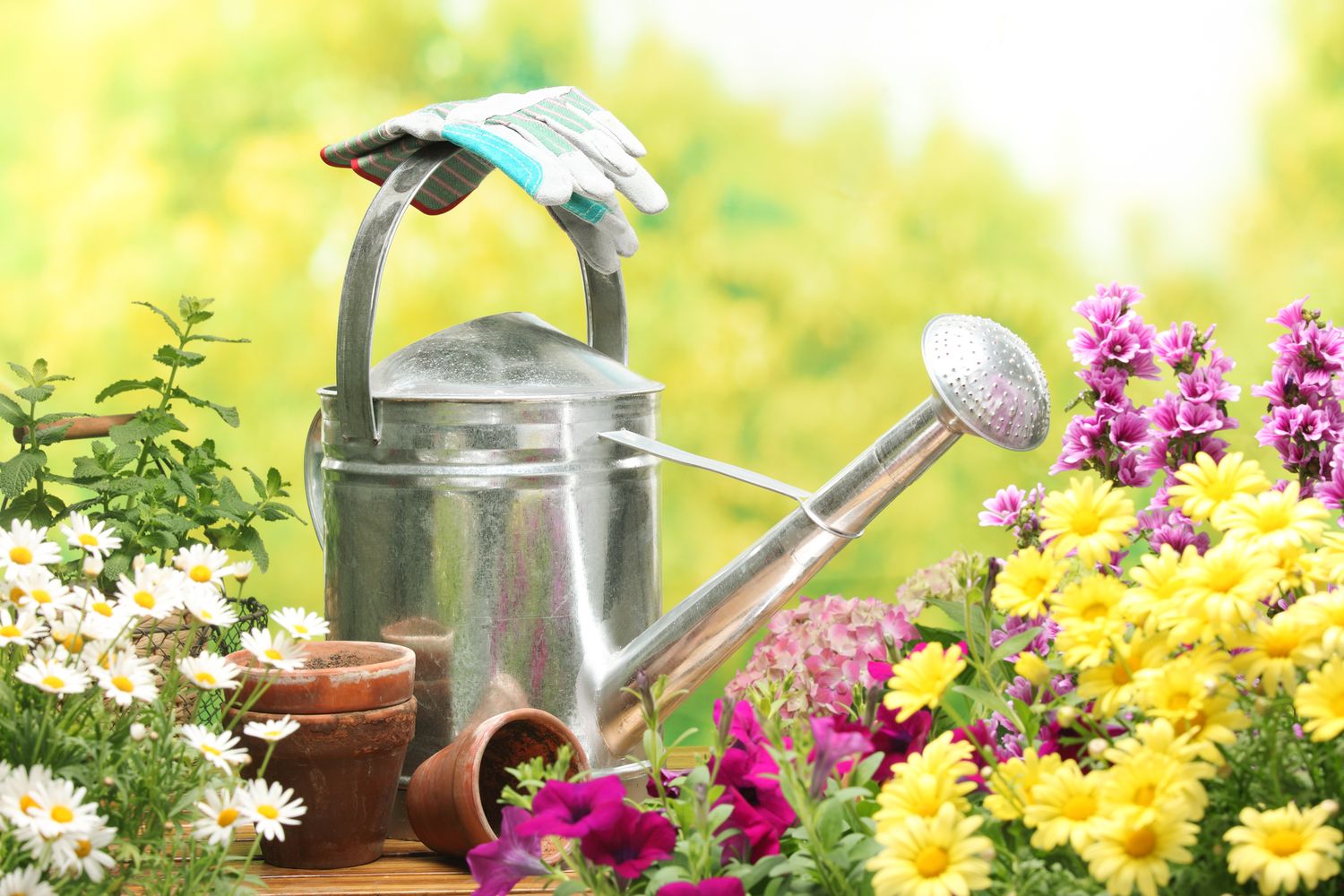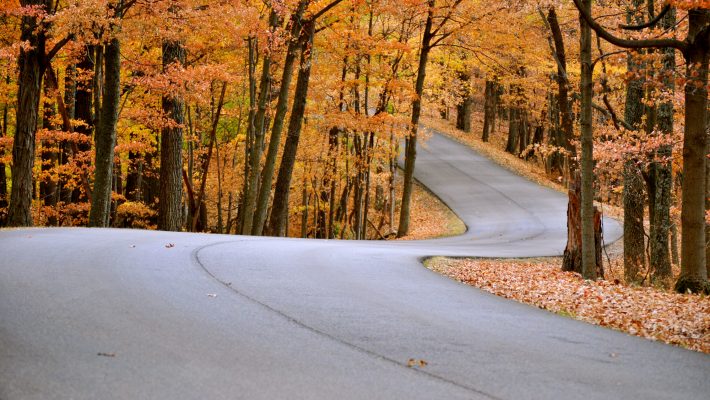Are you yearning for a picture-perfect landscape? Do you dream of a yard that’s bursting with color? Well, spring is here — and that means putting on your work boots, getting your gardening gloves and heading outdoors to give your grass, flowers, trees and shrubs a little love.
Healthy, attractive plants and good landscaping can improve your home’s appearance, raise its value and even make it more appealing to buyers (if you’re thinking about selling) — but you don’t have to hire a whole crew to get your yard in shape.
If you start working down this list now, you can end up with a garden that will have your neighbors swearing that both your thumbs must be green. Here are our top tips for a gorgeous garden and yard:
1. Inspections and Repairs
Snow, ice, wind, rain and hail can all take their toll on a yard, so the first thing you should do is inspect your property to see what kind of damage has been done over the winter. You’re looking for:
- Plants that have been damaged by the cold or snow
- Flower beds that have gotten choked with leaves or dead plant material
- Signs that rodents and other animals have taken up residence
- Hardscaping elements that have shifted or sustained damage
You need to address the necessary repairs before you get started on anything new. Start with the hardscape elements first, whether that means fixing a retaining wall that’s starting to fall, replacing broken patio pavers or something similar. This is also a good time to clean up the edges along your flower beds and walks, while the vast majority of your plants are still dormant.
It’s also time to engage in a little outdoor “spring cleaning.” Rake out the protective mulch from your flower beds, clear away old leaves, last year’s dead foliage, and any other debris that could inhibit new growth.
2. Dividing the Perennials and Adding Mulch
If your perennials are starting to get choked in their current spaces, it’s time to divide them and spread their glory around new parts of your garden. It’s far easier to divide up bulbs and other perennials in the spring before they get heavy and thick, and this is a great budget-conscious way to fill in any bare spots in your garden that winter may have created.
When you’re done with the basic clean-up and maintenance chores in your flower beds, it’s time to make them look neat and polished with a fresh layer of mulch. Adding the mulch now will also benefit your garden beds in the long run, over summer, by keeping down weeds and helping your soil retain the moisture your plants need to thrive in hot weather.
3. Prune the Trees and Shape the Shrubs
This is also the best time of year to take stock of your trees and shrubs and do a little pruning and shaping.
You don’t want to get aggressive with the pruning shears right now with your trees, because that can leave them vulnerable to weather damages (if a surprise cold snap hits), insect infestations and disease. You can and should, however, remove any branches that are obviously dead both for safety reasons and to preserve the overall health of your tree.
If you have any flowering trees, like crabapples, dogwoods or lilacs, wait until the blooms are done for the season before you do any pruning. Once the last blossoms fall, it’s safe to do a little shaping for aesthetics.
Non-flowering shrubs and bushes (or shrubs that bloom later in the year) can be pruned at will during this time of year. Feel free to thin out any shrubs that have gotten too dense or cut back branches to maintain control over the size and shape of your bushes. They should heal quickly from the trim before summer starts.
4. Start the Container Flowers and Border Flowers
There’s nothing that broadcasts spring (and nothing that looks as stunning) quite as well as pots and baskets full of early bloomers like pansies, daisies, petunias and lobelia flowers. All of these are fond of cooler weather, and they’ll immediately brighten up a landscape or porch that still looks a bit wintery and barren.
The same can be said for border flowers along your still dormant flowerbeds. If you dream is to go wild at the garden center, now is the time to indulge: Load up on flats of sweet alyssum, nemesia or pansies, grab your trowel and get planting! The swath of color will add tons of charm to your landscape while the rest of your garden gets ready to bloom.
5. Look for Bare Spots in the Grass and Seed
Last (but not least), you should give the grassy areas of your yard a good inspection, too. By now, you should be able to spot any bare spots where the grass isn’t coming back as thickly as you might hope.
This is an excellent time to water the lawn and re-seed. If you have trouble with crabgrass and other weeds mixed into your grass, use a “weed and feed” mixture of fertilizer, seed and weed killer to handle the problem, but extra grass seed in the barren spots is always helpful.
There you have it! It may sound like a lot to handle, but if you work down this list you’ll have the yard ready for the season in no time — and the work you do now will support new growth all summer long.




